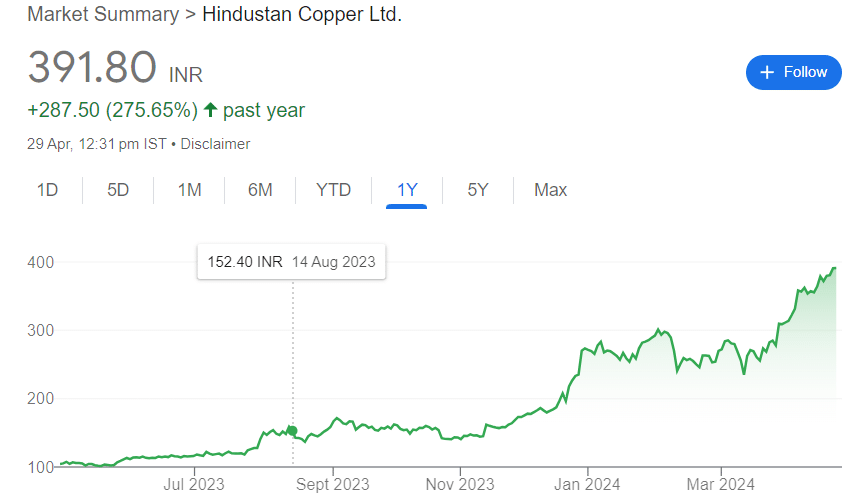Effective Communication in the Workplace: Discover the transformative impact of effective workplace communication, from fostering collaboration to driving innovation and building trust.
also read Why Data Privacy Is A Personal Right? A Fundamental Human Right in the Digital Age
Introduction: Effective Communication in the Workplace
In the bustling hive of the modern workplace, effective communication serves as the lifeblood that sustains collaboration, fosters innovation, and cultivates a thriving organizational culture. From boardrooms to break rooms, the ability to convey ideas, share feedback, and build rapport transcends job titles and departments, shaping the very essence of how work gets done. In this article, we embark on a journey to unravel the intricacies of effective communication in the workplace, exploring strategies, pitfalls, and the transformative impact it has on individuals and organizations alike.
- Clear and Concise Messaging: At the heart of effective communication lies clarity—the ability to convey information in a concise and easily understandable manner. Whether it’s crafting an email, leading a team meeting, or delivering a presentation, clarity ensures that messages are received and interpreted accurately, minimizing misunderstandings and confusion. By distilling complex ideas into simple, digestible nuggets, communicators can capture the attention and engagement of their audience, driving alignment and action.
- Active Listening and Empathy: Effective communication is a two-way street that requires not only speaking but also listening with intent and empathy. By practicing active listening—attentively tuning in to others’ perspectives, emotions, and underlying concerns—individuals can foster deeper connections, build trust, and cultivate a culture of inclusivity and respect. Empathy, the ability to understand and share the feelings of others, lays the groundwork for meaningful interactions, enabling individuals to bridge divides, resolve conflicts, and collaborate harmoniously towards shared goals.
- Open and Transparent Dialogue: Transparency breeds trust and trust is the cornerstone of effective communication. In a transparent workplace culture, information flows freely, barriers are dismantled, and individuals feel empowered to voice their opinions, ask questions, and provide feedback without fear of repercussion. By cultivating an environment where open dialogue is encouraged and celebrated, organizations foster a sense of ownership and accountability, driving innovation, engagement, and collective success.
- Adaptability and Flexibility: Effective communication transcends one-size-fits-all approaches, recognizing the diverse needs, preferences, and communication styles of individuals within the organization. Whether it’s tailoring messages to resonate with different audiences, leveraging multiple channels for dissemination, or adjusting communication strategies in response to changing circumstances, adaptability is key to fostering inclusive and effective communication practices that resonate with all stakeholders.
- Constructive Feedback and Recognition: Feedback is a gift—a catalyst for growth, improvement, and development. In the workplace, providing constructive feedback in a timely and respectful manner empowers individuals to learn from their experiences, refine their skills, and achieve their full potential. Similarly, recognizing and celebrating achievements, milestones, and contributions fosters a culture of appreciation and motivation, reinforcing desired behaviors and fostering a sense of belonging and purpose.
- Technology as an Enabler, Not a Barrier: In today’s digital age, technology serves as both a facilitator and a potential barrier to effective communication. While tools like email, instant messaging, and video conferencing enhance connectivity and collaboration across geographies and time zones, they can also pose challenges such as information overload, misinterpretation, and distractions. By leveraging technology judiciously and complementing digital communication with face-to-face interactions and human connection, organizations can strike a balance that maximizes the benefits of technology while preserving the essence of meaningful communication.
Conclusion: Effective Communication in the Workplace
In conclusion, effective communication is the cornerstone of a thriving workplace culture, driving engagement, innovation, and organizational success. By embracing clarity, active listening, transparency, adaptability, feedback, and technology as enablers, individuals and organizations can harness the power of connection to foster collaboration, build trust, and achieve collective greatness in the ever-evolving landscape of the modern workplace.
also read What Is Effective Communication? Skills for Work, School, and Life










